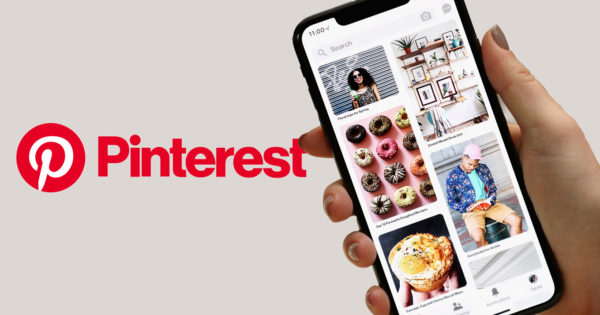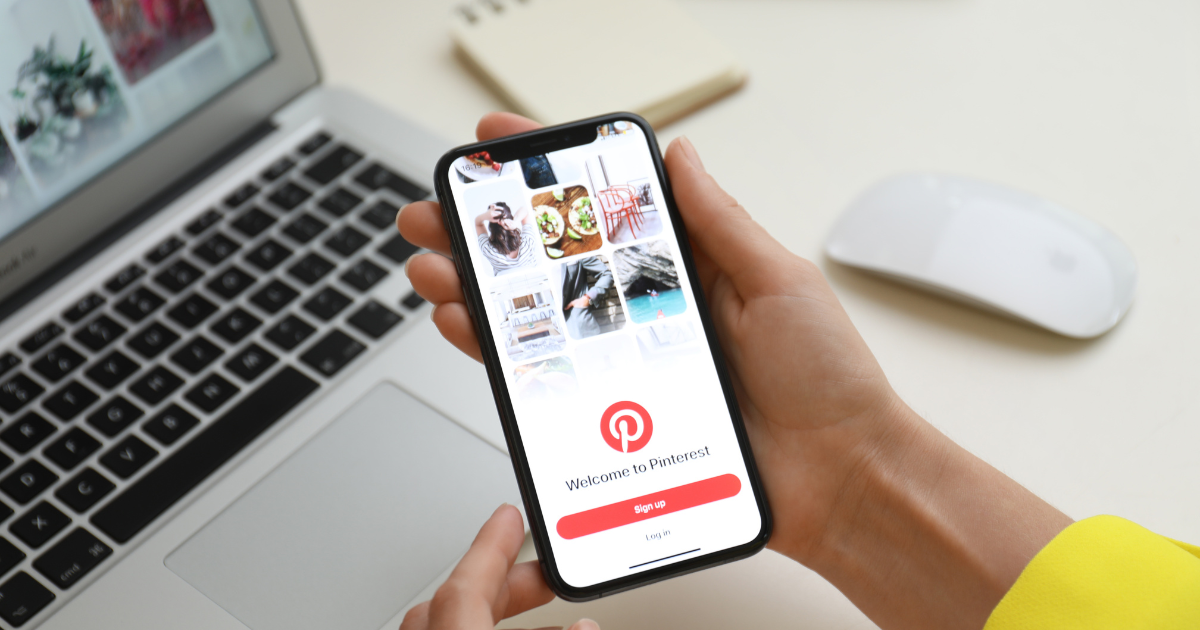Pinterest is often underestimated as a marketing tool, yet it’s a powerful platform for driving brand awareness and reaching a diverse audience. With over 450 million active users, Pinterest serves as a visual discovery engine where users search for ideas and inspiration. Leveraging Pinterest effectively can help you enhance your brand visibility and connect with potential customers. Here’s how to use Pinterest for your brand awareness campaigns.

Table of Contents
Toggle1. Create a Business Account
Set Up a Business Profile
Start by creating a Pinterest Business account if you don’t already have one. A business account provides access to valuable features such as analytics, promoted pins, and other tools that help optimize your campaigns.
Optimize Your Profile
Ensure your profile is complete and professional. Use your brand logo as your profile picture, write a compelling bio that reflects your brand’s mission, and include a link to your website.
2. Define Your Target Audience
Understand Your Audience
Identify your target audience by analyzing demographics, interests, and behaviors. Understanding who your audience is will help you create content that resonates with them.
Tailor Your Content
Once you know your audience, tailor your pins and boards to reflect their preferences and needs. Create boards that align with your brand values while appealing to your target market.
3. Create High-Quality Visual Content
Invest in Professional Imagery
Pinterest is a visual platform, so high-quality images are crucial. Use professional photography or well-designed graphics to create eye-catching pins that stand out in users’ feeds.
Utilize Vertical Pins
Vertical images perform better on Pinterest due to their aspect ratio (2:3). Aim for a pin size of 1000 x 1500 pixels for optimal visibility.
Incorporate Text Overlays
Add text overlays to your images to provide context and grab attention. Use clear, legible fonts and contrasting colors to ensure readability.
4. Craft Compelling Pin Descriptions
Use Keywords Strategically
Incorporate relevant keywords into your pin descriptions to improve discoverability. Think about what your target audience might search for and use those terms naturally in your descriptions.
Include a Clear Call to Action
Encourage users to take action by including a clear call to action (CTA) in your descriptions, such as “Visit our website for more tips” or “Shop our collection now.”
5. Leverage Rich Pins
Use Rich Pins for More Context
Rich Pins provide additional information directly on the pin, enhancing the user experience. They come in three types: Product, Recipe, and Article. Utilize Rich Pins to showcase product details, ingredients, or article descriptions.
Enable Rich Pins
To use Rich Pins, you’ll need to apply and validate them on Pinterest. This can help increase engagement and drive traffic back to your website.
6. Engage with the Community
Follow Relevant Accounts
Follow influencers, brands, and users relevant to your industry. This not only helps you stay updated on trends but also allows you to engage with their content, increasing your visibility.
Repin and Comment
Actively repin content that resonates with your brand and audience. Leave thoughtful comments on popular pins to establish a presence within the community.
7. Utilize Pinterest Ads
Explore Promoted Pins
Consider investing in Promoted Pins to increase the reach of your brand awareness campaigns. These ads appear in users’ feeds and are designed to blend in with organic content.
Target Your Ads
Use Pinterest’s targeting options to reach specific audiences based on interests, demographics, and behaviors. This ensures that your ads are seen by users most likely to engage with your brand.
8. Monitor Analytics and Adjust Strategy
Track Performance Metrics
Pinterest Analytics provides insights into how your pins and boards are performing. Monitor metrics such as impressions, clicks, saves, and engagement rates to evaluate the success of your campaigns.
Adjust Your Strategy
Based on your analytics, make data-driven adjustments to your content strategy. Focus on creating more of what works and refine or eliminate what doesn’t resonate with your audience.
9. Encourage User-Generated Content
Create a Brand Hashtag
Encourage your audience to share their own content related to your brand by creating a unique hashtag. This not only fosters community engagement but also provides you with additional content to share.
Run Contests or Challenges
Consider running contests or challenges that incentivize users to create and share content featuring your products or brand. This can significantly boost brand awareness and engagement.
Conclusion
Using Pinterest for brand awareness campaigns can be a game-changer for your marketing strategy. By creating high-quality visuals, engaging with the community, utilizing ads, and analyzing performance, you can effectively enhance your brand visibility and connect with your target audience. Remember, consistency and creativity are key to standing out in the visually-driven world of Pinterest. Start leveraging this platform today to elevate your brand awareness efforts!


No responses yet